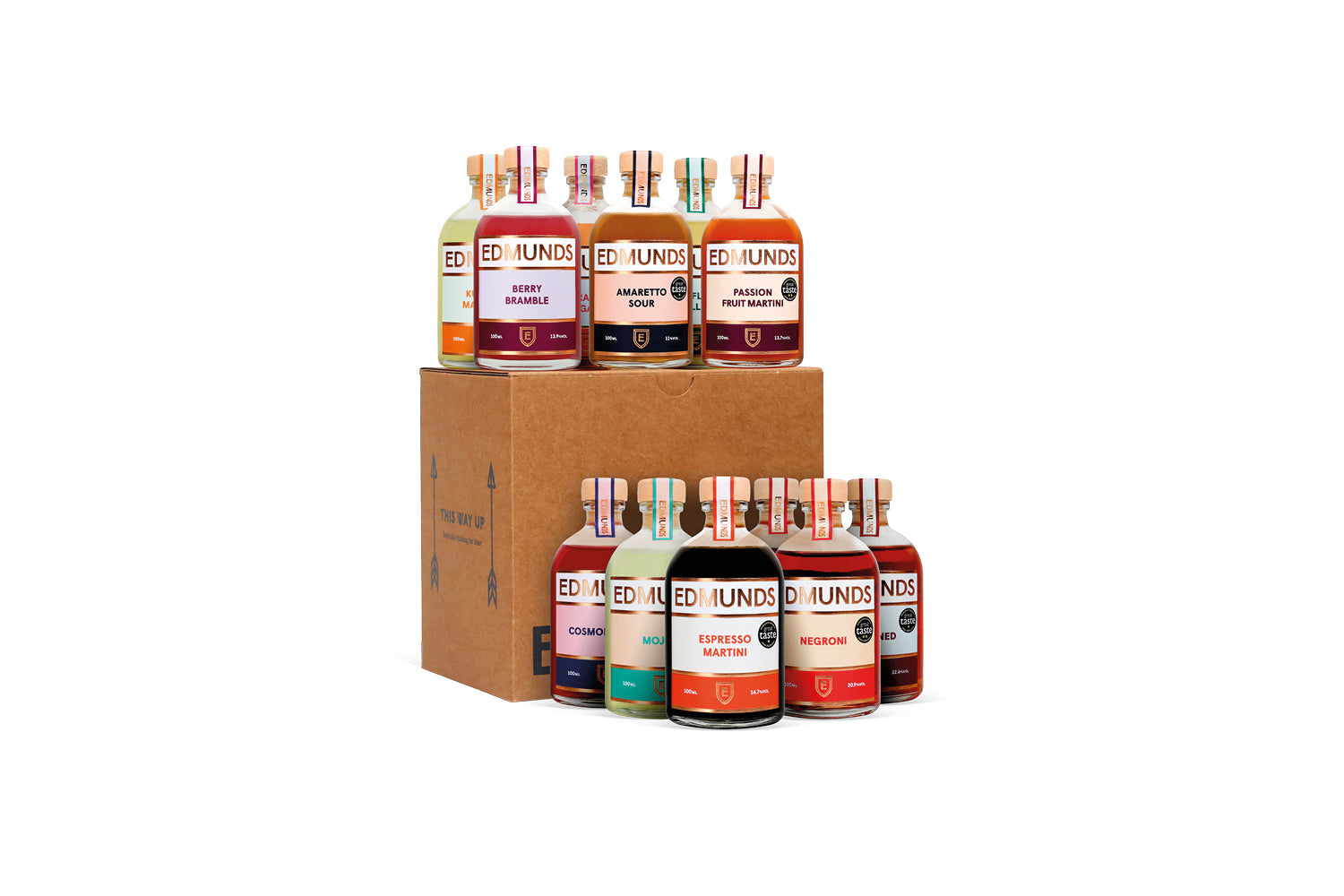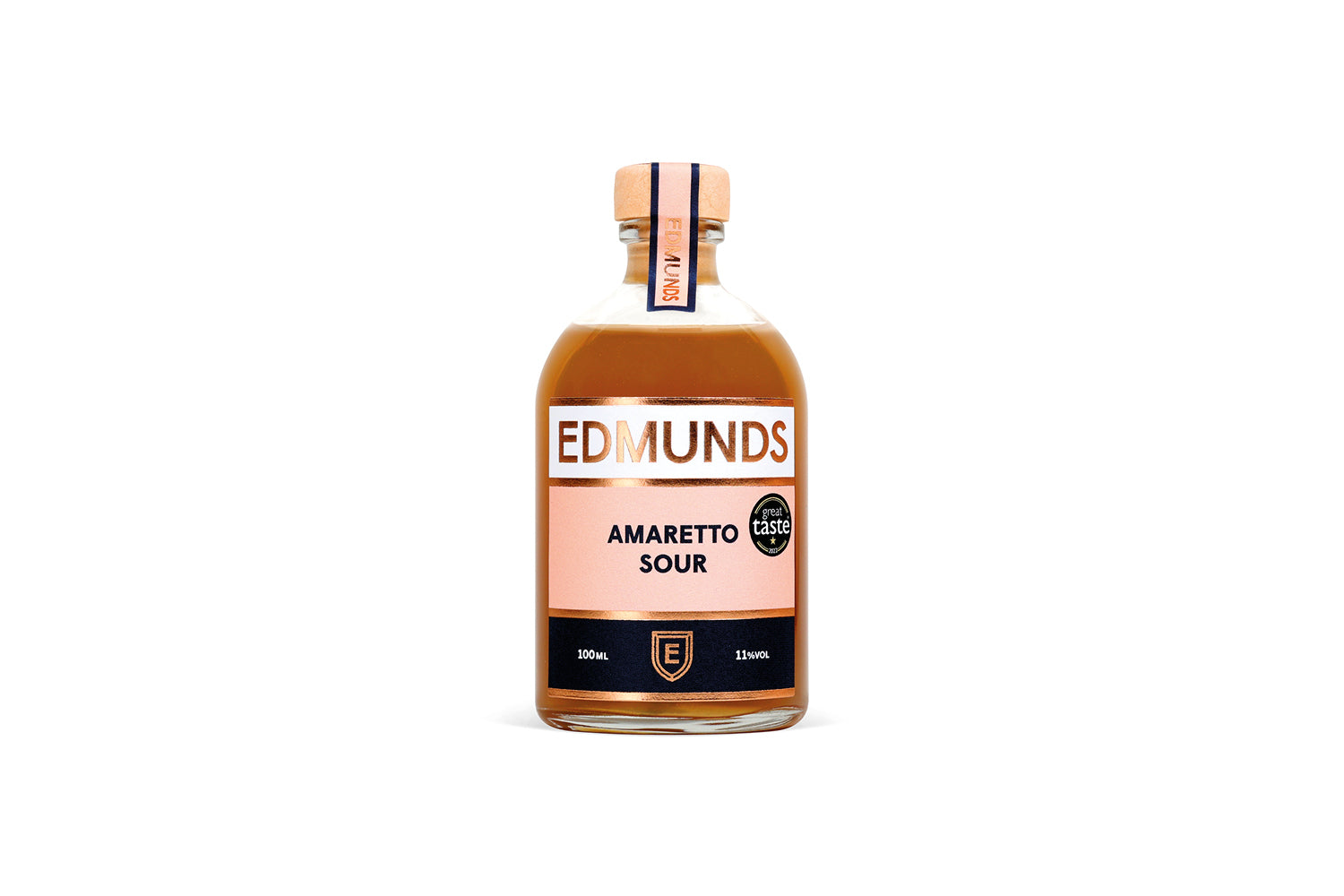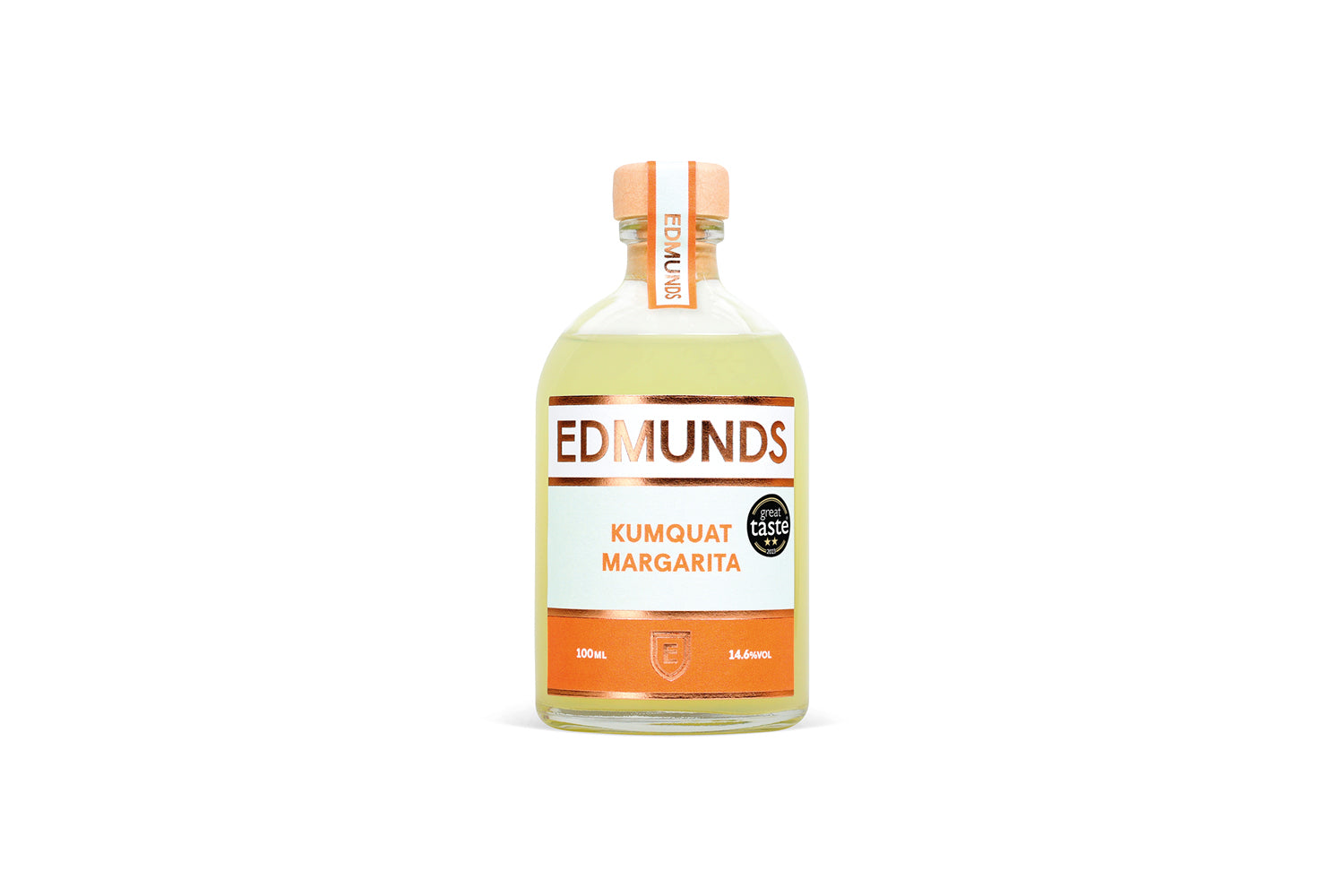Although most would consider it to be a thoroughly contemporary cocktail, today’s Daiquiri can actually trace its roots back to turn-of-the-twentieth-century Cuban revolutionaries and the decline of the Spanish American empire.
The Cuban connection
Experts generally agree that the classic Daiquiri originated in Cuba, reputedly invented by a US engineer – Jennings Cox – who was stationed on the island circa 1900 and who put his white Cuban rum ration to good use by blending it with lime juice, sugar and ice. Initially dubbing it a ‘rum sour’, Cox was urged to give it a more memorable moniker and the Daiquiri was born.
However, it’s likely that Cox’s Daiquiri was an evolution of an earlier white-rum-based drink called the Canchánchara – a healing brew made by Cuban guerrillas (mambises) fighting for independence from Spanish colonists and concocted using easily assembled local ingredients. Probably served warm, it was a popular cold cure (pre-Lemsip era, natch).
The Canchánchara wasn’t the only Daiquiri forerunner; plenty of variations on the theme of rum + sugar + lime pre-date Cox’s recipe – we’ve talked before in our Journal about the Francis-Drake-inspired ‘el draque’ proto-cocktail and the origins of the Mojito. But it’s the Daiquiri that caught the popular imagination, travelling successfully to America and made famous by the author Hemingway who imbibed them with such vigour and commitment that a Cuban bartender created an extra-strong, sugar-free version just for him – the Papa Doble – incorporating maraschino cherry liqueur and grapefruit juice*.
A fun frozen cocktail
For most Americans, though, the Daiquiri became the best-loved of tropical poolside drinks – largely because of the mid-century popularity of various flavours of frozen Daiquiri.
The advent of the electric blender in the early 1920s made it possible to create the texture that’s an essential component of frozen** cocktails. By the 1950s, blenders were commonplace in American bars – this, combined with the country’s post-war fascination with all things tropical (specifically tiki culture), transformed the original three-ingredient Daiquiri into a machine-dispensed, highly sweetened, boozy slush that was ubiquitous in all-inclusive resorts at the time.
The popularity of this frozen cocktail skyrocketed further when it became a staple of chain restaurants like TGI Friday’s, as well as becoming available for domestic consumption in freezable cartons and pouches.
Back to basics
The ubiquity of the frozen Daiquiri in the last half of the twentieth century meant it lost its cachet with serious cocktail aficionados. However, the resurgence of simpler recipes that underpinned its early popularity have recently helped to re-establish its classic credentials. With the convenient-but-mediocre Daiquiri mixes and concentrates consigned to the supermarket, conscientious bartenders are using the highest-quality ingredients and experimenting with subtle flavour combinations.
A blend of top-notch rum, fresh lime juice and a little sugar syrup, shaken thoroughly with ice is the most effective way to recreate the early 1900s Cuban prototype. An authentic Daiquiri always uses white rum; if you’re tempted to substitute a darker Jamaican-style rum, you’re definitely straying into Planter’s Punch or Ti’ Punch territory – drinks more closely associated with the southern Caribbean islands.
But, while white rum is non-negotiable, it’s worth experimenting with other fruit flavours, even if you’re intent on swerving the whole 1980s-poolside-cabaña experience. At Edmunds, our Strawberry Daiquiri combines premium Suffolk Distillery white rum with strawberry liqueur, strawberry puree and lime juice to create a temptingly fragrant cocktail that’s the perfect party pick. Whatever style of Daiquiri you choose, shake with ice (small cubes or shards are best as they dilute the other ingredients slightly) till tooth-achingly cold and serve in a coupe or Martini glass, garnished with lime. Salud!
*Possibly because he thought it would be less work making fewer, stronger cocktails rather than an endless series of standard-strength ones?
**Frozen cocktails combine all ingredients with ice in a blender, while frappés are created by pouring the blended cocktail over crushed ice.










































































